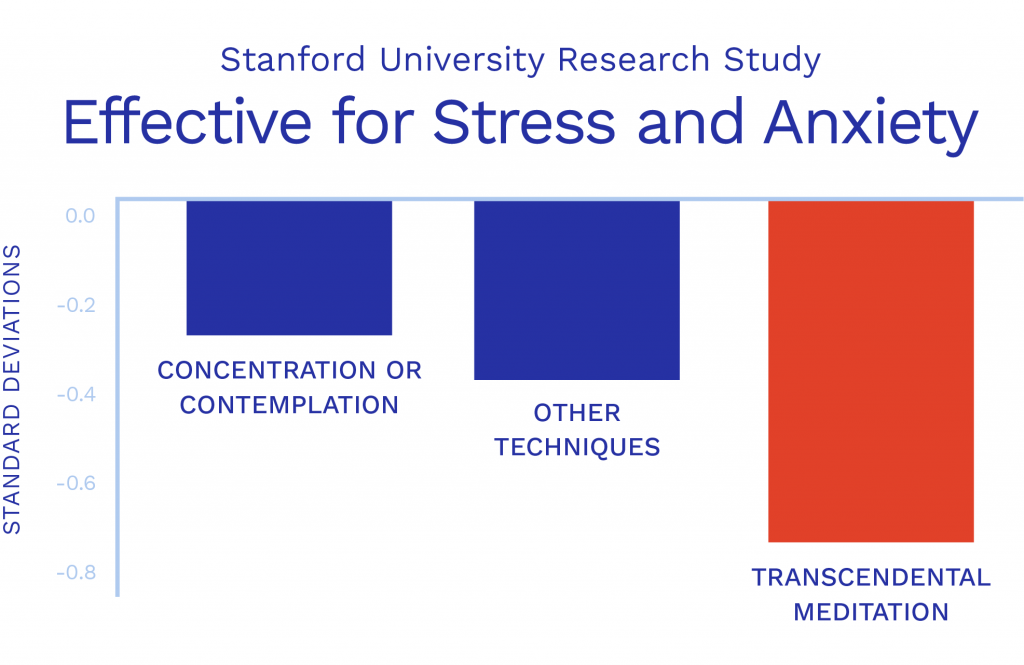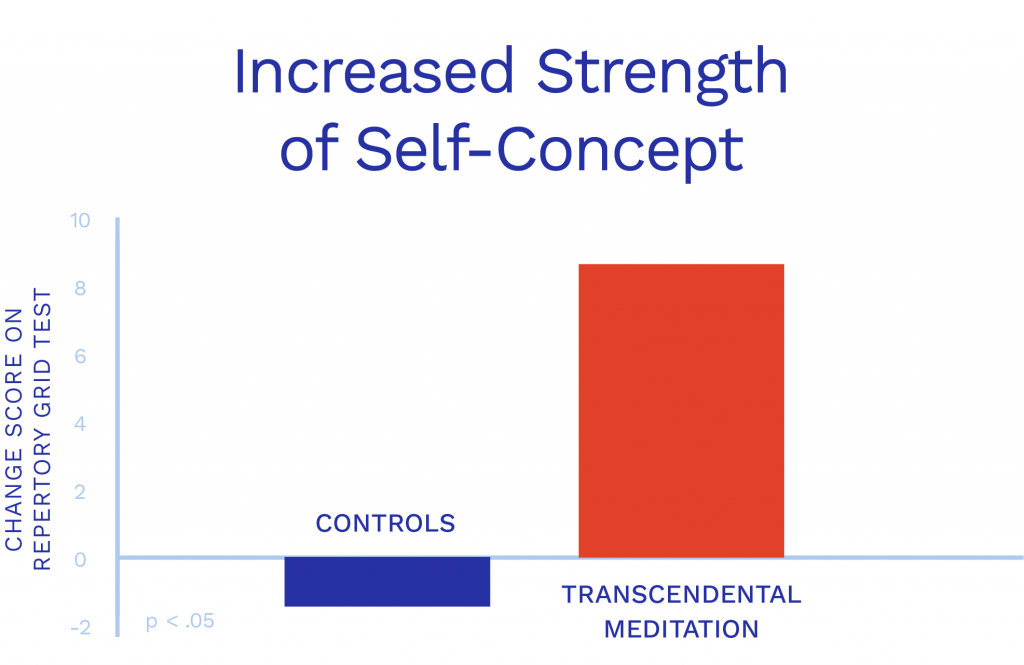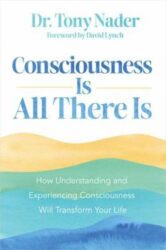Why We Love to Shop (And What That Has to Do With Meditation)

Some call it “retail therapy.”
A study published in the Journal of Consumer Psychology in 2014 revealed that shopping creates an instant increase in happiness. Like I needed scientific research to show me that?
In early October, I went east to visit New York City, where I grew up and lived until 2016 when I moved to the Midwest. People often ask what I miss most about New York, and I always repeat the same list: the energy, the culture, the restaurants, and, of course, the shopping.
After these years of the pandemic and small-town life—in which my shopping was limited to online and Walmart—wandering into the NYC Bloomingdales (only to use the bathroom, to be honest) filled me with an astonishing surge of happiness. My eyes feasted on a display of sweaters the way a starving person would view a buffet. I hadn’t intended to buy anything…but did I? What do you think?
Shopping in person offers instant gratification, unlike shopping online and waiting for a delivery. Of course, shopping online also offers pleasure which is then experienced a second time when the item is finally delivered. A study published in Psychology & Marketing in 2011 found that going shopping leads to “lasting positive impacts on mood.” I was happy with my purchase, I was happy for hours after, and the memory still has the power to stir up that feeling.
I’ve read that women feel more in control of their lives when they shop. Many of us certainly enjoy beautifying our environment, our appearance, everything. We see something we want to buy and by making that purchase we feel, somehow, we have improved our life—it is now known that this actually can reduce stress!
Buying new clothing, jewelry, cosmetics, and so on might give a woman more self-confidence. Even browsing and window shopping send your mind on a relaxing mini vacation. Going shopping for fun (in contrast to normal grocery shopping) can also fascinate the mind like an adventure or treasure hunt, delivering us for a short while out of the mundane details of our daily routine.
Research in 2009 suggested that shopping engages the inherent “gatherer” instinct in women (i.e., men are hunters; women are gatherers). Another innate quality in each of us is a tendency to want more. Thus, the act of shopping is both fulfilling and essential to us.
So far, for a seasoned shopper, there are no surprises in this article. But hold on to your new hat! — what might surprise everyone is that the same benefits we experienced mentally, emotionally, and physically in buying that hat are found every time we practice the Transcendental Meditation (TM) technique.
TM increases happiness and confidence—and reduces stress
The Transcendental Meditation technique is easy to learn and effortless to practice.
As you sit comfortably practicing the TM technique, your mind experiences increasingly restful, quiet, subtler levels of the thinking process that are progressively richer in creativity and intelligence. You then can transcend thought altogether to your mind’s unlimited silent reservoir of inner peace and fulfillment—the source of thought, consciousness itself. The direct experience of this expansive consciousness satisfies one’s ceaseless quest for happiness and infuses joy into the mind.

Physically, you feel tangible rest during TM—much deeper than ordinary relaxation. This deep, healing rest allows for accumulated stress to be dissolved in a way that a nap or other techniques don’t achieve.
Studies show that the body’s natural balance is restored—leading to increases in energy, resilience, creativity, focus, calm, and well-being during the day.
In the TM technique, we dive within to our inner full nature—beyond the dictates of marketing, peer pressure, and advertising images of who we should be and how we should look—where we can effortlessly experience deeper levels of awareness. In this state, we are expansive and freer from the limitations of self-doubt, stress, and fatigue. Studies have shown that TM practice develops a more strongly defined self-concept, with meditators perceiving their actual self as significantly closer to their ideal self.

You won’t see a new purchase in the room when you open your eyes after your 20 minutes of the TM practice, but the room—and the world, and yourself—are seen in a new light, because you are less stressed, feel better about yourself, and are happier.
Done meditating? See you at Bloomingdales.
Ready to learn TM?
About the Author
Janet Hoffman is the executive director of TM for Women Professionals, a division of TM for Women in the USA





